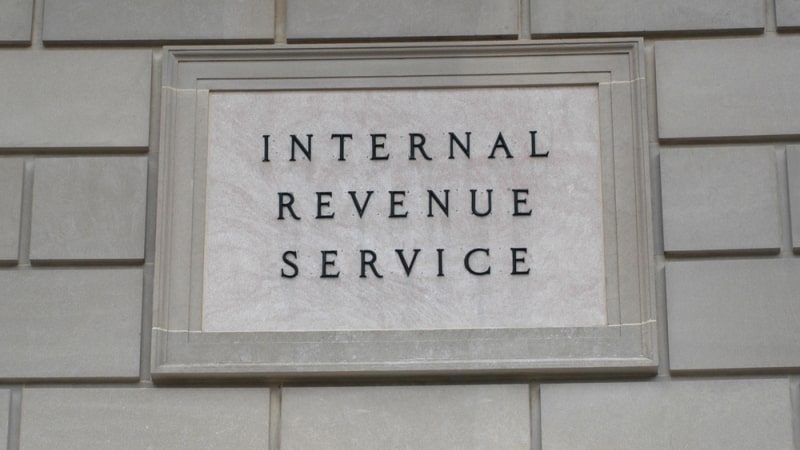
The Inflation Reduction Act winding its way through Congress contains a massive infusion of funds for the Internal Revenue Service (IRS), including $4.8 billion that the bill’s authors hope will help to rebuild the agency’s antiquated technology systems.
Even as public attention has focused on the act’s climate and energy provisions, the legislation would appropriate $80 billion to the IRS over 10 years. The $4.8 billion – or $475 million per year over ten years – for “business systems modernization” would be a financial shot in the arm for the agency’s three-year-old modernization plan. The modernization plan received $275 million from the fiscal year 2022 budget.
The IRS also received a one-time shot of $1billion in IT modernization funding under the American Rescue Plan Act in 2021.
“The proposal’s two main components would re-build the IRS and impose a 15% Corporate Minimum Tax to ensure the wealthiest Americans and corporations cannot avoid paying their fair share of taxes,” Senate Democrats said in a summary of the IRS provisions, which would also provide unspecified amounts to boost the agency’s use of technology in enforcement and operations support. “…The IRS needs resources to tackle this challenge,” the bill’s backers said.
The Inflation Reduction Act, a slimmed-down version of what had been President Biden’s “Build Back Better” plan, passed the Senate on August 7 over unified Republican opposition and is under consideration in the House. It would inject nearly $370 billion into climate and energy programs with the goal of reducing carbon emissions by about 40 percent by 2030, along with allowing Medicare to negotiate for prescription drug prices.
Republicans have also voiced concerns over the bill’s IRS provisions, arguing it would give the agency too much power. But Democrats say the IRS urgently needs the enhanced funding to, among other things, modernize its IT systems and better guard against cyberattacks.
Those systems date to as far back as the 1960s and are often two or more versions behind the latest software programs, members of the House Oversight and Reform Committee’s Government Operations Subcommittee said at a hearing in April. Subcommittee Chairman Gerry Connolly, D-Va., called on the agency to modernize its systems and invest in scanning technology to improve efficiency.
“Years of IT-system neglect and a failure to modernize have left the IRS saddled with an operation highly dependent on obsolete programming languages,” he said at the hearing.
The Government Accountability Office (GAO) has said the IRS also needs to improve its cybersecurity practices or taxpayers will be vulnerable to data breaches. As of May 2022, the IRS had 268 open GAO recommendations stretching back years, some related to cybersecurity and systems modernization.
In 2019, the IRS released a multi-year modernization plan that called for steps such as strengthening cybersecurity protections and using “innovative technologies and processes, such as Cloud, Agile, DevOps, Application Programming Interfaces, robotic process automation, and next generation infrastructure to reduce costs and manual effort.”
To aid that effort, the Inflation Reduction Act would provide $4,750,700,000 over a decade for business systems modernization, in addition to what the agency gets from the regular yearly appropriations process.
The bill text is short on specifics, saying only that the funding is for “necessary expenses…including development of callback technology and other technology to provide a more personalized customer service but not including the operation and maintenance of legacy systems.”
Taxpayer advocacy groups have called on the IRS to expand its use of callback technology – an automated service that allows callers to receive a call back instead of waiting in line – saying that IRS representatives are difficult to reach.
Additionally, the bill text says the $45.6 billion the IRS will receive over 10 years for enforcement covers “investigative technology” to aid in criminal investigations, including “digital asset monitoring and compliance activities.”
It also says the $25.3 billion for operations support includes necessary expenses such as telecommunications and “information technology.” No specific amounts are given.
